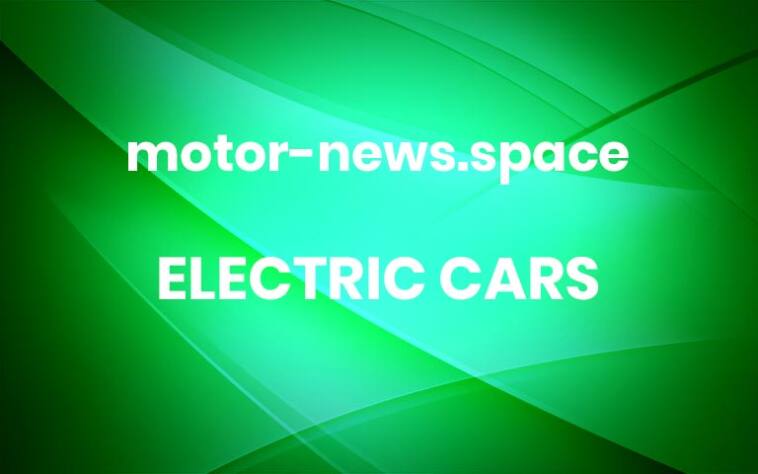Ford Capri EV Debuts With 627km Range – Resembles Citroen Basalt?
New Ford Capri EVWhile Citroen Basalt and Ford Capri EV look quite similar in their silhouettes along with overall design and colour, the latter is largerEverything today has to be an SUV, to please the masses. This SUV bug has bitten auto industry and the newest victim of it, is Ford Capri. Once a stylish two-door stylish coupe, Ford Capri has been reincarnated into the modern times as a Coupe Crossover Sedan SUV thing that sits on VW’s MEB platform.Ford Capri EV Brought Back To LifeMany carmakers are using some of their legacy name plates on their modern vehicles. But not all of them match with their predecessors at all. Mitsubishi Eclipse has to be the most bizarre in this regard, using the iconic sportscar name on one of their crossover SUVs. Ford has its fair share in this regard as well.New Ford Capri EV Vs Old Ford CapriAfter using the iconic Mustang name with their electric crossover, Ford is now doing the same with Capri. Are Cortina and Sierra next? We don’t know. Ford Capri used to be a stylish 2-door coupe based on Ford Europe’s most celebrated car of the past, the Cortina. Debuted in 1968, Ford Capri was touted as the Mustang for Europe.Similar design as Citroen BasaltThe modern Ford Capri EV is a three-box crossover sedan with a high riding stance, a flat roof and a sloping fastback-like roofline. Looking at it, I can’t help but draw references to upcoming Citroen Basalt. They look quite similar to each other, down to the Vivid Yellow shade. However, Capri is a larger car, measuring 4.63m in length, 1.87m in width, 1.62m in height and has a 2.76m long wheelbase.Citroen Basalt CoupeThere is a flat fascia with neatly designed headlights that are connected with a black plaque housing the Blue Oval logo. The bonnet line neatly flows into car’s shoulder line, and takes a detour at C-Pillars and merges with roof line. Blacked out pillars further accentuate this effect. Wheels look swanky too. Ford offers 19-inchers, but buyers can opt till 21-inchers.2025 Ford CapriRear is flat like the fascia and has similar LED signature in tail lights as their headlights. Body claddings Ford has used with the new Capri are painted gloss black, which looks really nice. Ford Capri EV sits on Volkswagen MEB platform, like its sibling Explorer EV. In dimensions and specifications, Ford Capri EV matches VW ID.5 and ID.5 GTX.[embedded content]Specs & FeaturesOn the inside, things are quite familiar if you have seen the Ford Explorer EV sold in Europe. The 14.6-inch portrait-style infotainment screen takes center stage along with a floating center console. Steering wheel has a few details matching some special Capri of the past. Other than that, it is mostly Explorer EV. Pricing starts from EUR 51,950 (Rs 47 lakh).Ford Capri EV InteriorsPowertrains are similar to what VW ID.5 offers. Ford Capri EV comes in a base RWD variant that matches VW ID.5 with its 77 kWh battery pack promising 627 km range (WLTP), mated to a 282 bhp motor, sprinting to 100 km/h in 6.4 seconds. Top AWD variant matches VW ID.5 GTX trim and gets larger 79 kWh battery, promising 592 km range (WLTP), mated to a 335 bhp motor, sprinting to 100 km/h in 5.3 seconds.Also read – Ford India supposedly planning a comeback with Endeavour and Ranger More



